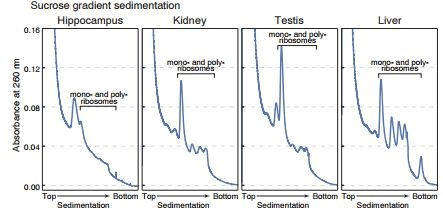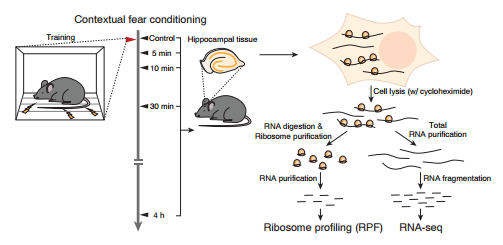주메뉴
- About IBS 연구원소개
-
Research Centers
연구단소개
- Research Outcomes
- Mathematics
- Physics
- Center for Theoretical Physics of the Universe(Particle Theory and Cosmology Group)
- Center for Theoretical Physics of the Universe(Cosmology, Gravity and Astroparticle Physics Group)
- Center for Exotic Nuclear Studies
- Center for Artificial Low Dimensional Electronic Systems
- Center for Underground Physics
- Center for Axion and Precision Physics Research
- Center for Theoretical Physics of Complex Systems
- Center for Quantum Nanoscience
- Center for Van der Waals Quantum Solids
- Chemistry
- Life Sciences
- Earth Science
- Interdisciplinary
- Institutes
- Korea Virus Research Institute
- News Center 뉴스 센터
- Career 인재초빙
- Living in Korea IBS School-UST
- IBS School 윤리경영


주메뉴
- About IBS
-
Research Centers
- Research Outcomes
- Mathematics
- Physics
- Center for Theoretical Physics of the Universe(Particle Theory and Cosmology Group)
- Center for Theoretical Physics of the Universe(Cosmology, Gravity and Astroparticle Physics Group)
- Center for Exotic Nuclear Studies
- Center for Artificial Low Dimensional Electronic Systems
- Center for Underground Physics
- Center for Axion and Precision Physics Research
- Center for Theoretical Physics of Complex Systems
- Center for Quantum Nanoscience
- Center for Van der Waals Quantum Solids
- Chemistry
- Life Sciences
- Earth Science
- Interdisciplinary
- Institutes
- Korea Virus Research Institute
- News Center
- Career
- Living in Korea
- IBS School
News Center
|
Discovering the brain’s memory switch- Scientists have recorded evidence of the brain turning off October 2, 2015 In 1953, a man named Henry Molaison underwent a surgery which removed most of his hippocampus in an attempt to cure his epileptic seizures. The surgery was a qualified success though, because in addition to curing him of seizures he also lost the ability to form new long term memories. It was Molaison’s memory problems that led doctors to conclude that the hippocampus was the part of the brain responsible for long term memory. Since then, the hippocampus has been studied frequently and it is generally accepted that it plays an important role in memory. What hasn't been studied enough are the physical processes that occur when new memories form. Scientists at the IBS Center for RNA Research and Department of Biological Sciences at Seoul National University in South Korea have discovered multiple repressive mechanisms in the hippocampus during memory formation and published their findings in this month’s issue of Science. IBS Center for RNA Research used a tool called Ribosome profiling (RPF) as well as RNA-seq to analyze mouse hippocampi. In contrast to the widely held belief that memory formation relied on protein formation in the brain, the research group demonstrated that the mouse hippocampi showed extremely low level of basal translation as evidenced by fewer amount of proteins that constitute ribosomes, the organelle responsible for translating mRNA into protein. Additionally, when they compared the ribosomal levels from other organs (livers, testes and kidneys) in the mice to the hippocampus, there was once again a deficit.
They carried out RPF and RNA-seq with the mouse hippocampi after contextual fear conditioning by comparing them to an untested control group after 5,10 and 30 minutes and 4 hours post-conditioning. Through the analysis of the data, the research offers insight into translational and transcriptional regulations in the brain during memory formation at the genomic scale. The observations showed two types of repressive events were induced after learning: an initial wave of transient translational regulation at around 5 to 10 minutes and the suppression of genes through decreases of mRNA levels after 30 minutes, which continued through 4 hours.
Why did this happen? It seems that in order to make new memories, the brain needs to turn off genetic processes which act to inhibit memories from being formed. IBS researcher Jun Cho explains, “Some of these genes might be ‘memory suppressor genes’ that need to be down-regulated for memory formation.” After analyses it was found that Nrsn1, one of the newly identified genes undergoing rapid translational repression, may act as a suppressor of long-term memory formation. Additionally, activating estrogen receptor ESR1 in the hippocampus also impaired memory formation. When an animal experiences no stimulus in an environment the hippocampus undergoes gene repression which prevents the formation of new memories. Upon the introduction of a stimulus, the hippocampus’ repressive gene regulation is turned off allowing for new memory creation, and as Jun Cho puts it, “Our study illustrates the potential importance of negative gene regulation in learning and memory”. This work wouldn’t have been possible without the use of RPF, which allows sensitive and quantitative measurement of translation at the genomic scale. RPF yields quantitative information about the mRNAs undergoing translation and this was the first time it was used for an application involving the brain and memory formation. In the future, RPF could be used in other applications in order to gain a greater understanding of translation. More than anything else, this research highlights that new approaches need to be taken to understand the yet-unappreciated gene-regulatory events during memory formation. By Daniel Kopperud - References - Media Contact - About the Institute for Basic Science (IBS)
|
|||
|
|
| Next | |
|---|---|
| Next |
- Content Manager
- Public Relations Team : Suh, William Insang 042-878-8137
- Last Update 2023-11-28 14:20













